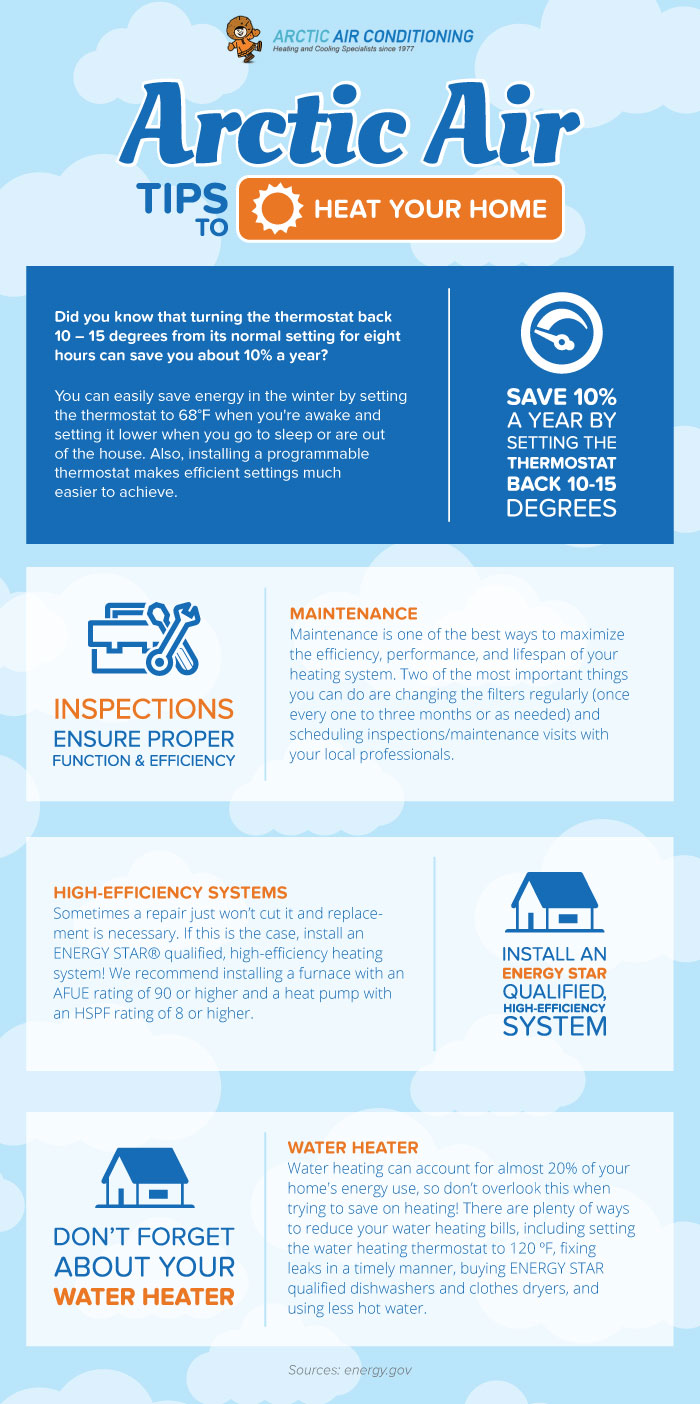The Future Of Home Home Heating - Just How Heat Pump Innovation Is Advancing
The Future Of Home Home Heating - Just How Heat Pump Innovation Is Advancing
Blog Article
Material Develop By-Marshall Dominguez
Heat pumps will be a vital modern technology for decarbonising heating. In a scenario regular with federal governments' revealed power and environment dedications, their worldwide capability increases by 2030, while their share in heating rises to one-quarter.
They function best in well-insulated homes and depend on electrical power, which can be provided from a renewable power grid. Technological developments are making them extra efficient, smarter and less costly.
Gas Cells
Heatpump use a compressor, refrigerant, coils and followers to relocate the air and heat in homes and home appliances. They can be powered by solar power or electrical power from the grid. They have been gaining appeal due to their affordable, quiet procedure and the ability to generate power during peak power need.
Some companies, like IdaTech and BG MicroGen, are servicing fuel cells for home heating. These microgenerators can change a gas boiler and generate some of a house's electric requirements with a connection to the electrical energy grid for the remainder.
However there are factors to be unconvinced of using hydrogen for home heating, Rosenow claims. It would be pricey and inefficient compared to various other technologies, and it would certainly contribute to carbon discharges.
Smart and Connected Technologies
Smart home technology permits homeowners to connect and regulate their tools remotely with the use of smartphone apps. For example, smart thermostats can discover your heating choices and immediately get used to maximize energy consumption. Smart lights systems can be regulated with voice commands and automatically switch off lights when you leave the space, lowering energy waste. And smart plugs can keep an eye on and manage your electric use, permitting you to identify and restrict energy-hungry home appliances.
The tech-savvy home depicted in Carina's interview is a great picture of how owners reconfigure room heating techniques in the light of new wise home innovations. They rely upon the devices' automatic functions to perform everyday changes and concern them as a practical methods of performing their heating practices. As such, they see no reason to adapt their practices further in order to allow flexibility in their home energy demand, and interventions targeting at doing so may face resistance from these houses.
Electrical power
Since heating up homes make up 13% people discharges, a switch to cleaner alternatives can make a large difference. Yet the innovation faces obstacles: It's pricey and calls for substantial home improvements. And it's not constantly compatible with renewable resource sources, such as solar and wind.
Till just recently, electric heatpump were too costly to take on gas models in the majority of markets. However https://www.goerie.com/story/news/education/2021/02/06/erie-high-get-more-renovations-bids-come-10-m-lower/4386678001/ -new innovations in layout and materials are making them a lot more budget friendly. And much better cold environment performance is enabling them to operate well even in subzero temperatures.
https://cost-of-small-hvac-system96172.dailyblogzz.com/29838000/the-ultimate-overview-to-recognizing-warmth-pumps-just-how-do-they-work following action in decarbonising heating might be the use of warmth networks, which attract heat from a central source, such as a neighboring river or sea inlet, and disperse it to a network of homes or structures. That would certainly decrease carbon exhausts and permit houses to make the most of renewable energy, such as environment-friendly electricity from a grid provided by renewables. This alternative would certainly be less expensive than switching to hydrogen, a nonrenewable fuel source that requires brand-new framework and would just minimize carbon dioxide exhausts by 5 percent if paired with enhanced home insulation.
Renewable resource
As electricity rates go down, we're beginning to see the exact same trend in home heating that has driven electric automobiles into the mainstream-- yet at an even faster speed. The strong climate case for impressive homes has been pushed additionally by new research study.
learn the facts here now represent a significant share of contemporary warmth consumption, however have actually been offered limited plan interest around the world contrasted to other end-use fields-- and also much less focus than power has. Partly, this reflects a mix of customer inertia, split motivations and, in many countries, aids for fossil fuels.
New technologies might make the shift simpler. For example, heat pumps can be made much more power efficient by changing old R-22 cooling agents with new ones that don't have the high GWPs of their predecessors. Some professionals additionally visualize district systems that draw warmth from a close-by river or sea inlet, like a Norwegian arm. The cozy water can then be utilized for cooling and heating in a community.